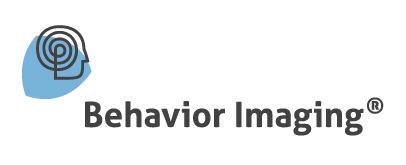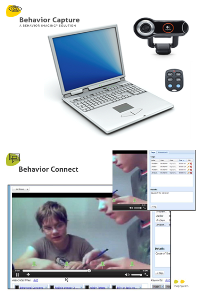Highlighting the work of researchers from around the world, Behavior Imaging is excited to announce, and take part in the following upcoming presentations and conferences via autism case studies, research, and supporting evidence-based practices for the diagnosis and treatment of individuals with autism spectrum disorders (ASD).
ITASD 2014 Paris Conference: Digital Solutions for People with Autism
October 3rd – 4th, 2014
Paris, France
Autism Speaks is co-sponsoring the 2nd International Conference on Innovative Technologies for Autism (ITASD 2014), at the Pasteur Institute in Paris, October 3rd and 4th. This year’s conference will focus on developing and using digital tools to improve the lives of people with autism. The conference & workshop will bring together individuals with autism and their families with scientists, educators, therapists and other professionals to create an opportunity for dialogue and exchange of best practices.
Invited to talk, Gregory D. Abowd, a distinguished Professor in the School of Interactive Computing at Georgia Tech, will be speaking about the pilot evaluation of a novel telemedicine platform to support diagnostic assessment for autism spectrum disorders. The diagnostic assessment study research project combines the expertise of Behavior Imaging Solutions, Georgia Institute of Technology, and leading diagnostic and behavioral health organizations to make state-of-the-art technical innovations to the Behavior Imaging telehealth system, and will evaluate the enhanced system in two critical clinical settings affecting Autism Spectrum Disorders.
5th International Conference on Applied Human Factors and Ergonomics AHFE 2014
July 19th -23rd, 2014
Kraków, Poland
The conference’s objective is to provide an international forum for the dissemination and exchange of scientific information on theoretical, generic, and applied areas of ergonomics, including, physical ergonomics, cognitive ergonomics, social and occupational ergonomics, cross- cultural aspects of decision making, ergonomics modeling and usability evaluation, human digital modeling, healthcare and special populations, safety management and human factors, and human side of service engineering.
This year’s speakers will include Behavior Imaging’s, Ron Oberleitner, and Uwe Reischl, who will be discussing “Telehealth Technology Enabling Medication Management of Children with Autism”.
This discussion will cover assisting healthcare providers in the management of autism symptoms with a newly developed smartphone application that will allow physicians to observe a patient’s behavior between office visits while managing their medication based on the symptoms observed. This smartphone application is able to better assist the physician in monitoring patients with autism spectrum disorders more accurately compared to the subjective reports provided by caregivers during office visits.
Georgia Tech via Agata Rozga will present BI research on Naturalistic Observation Diagnostic Assessment to the CDC Prevention Research Branch: Learn the Signs Act Early
Agata Rozga is a research scientist in the School of Interactive Computing at Georgia Tech. As a Developmental Psychologist with a research focus on autism spectrum disorders, she specializes in early identification and diagnosis, socio-emotional development, and verbal and nonverbal communication. Her current research explores the potential role of human-centered computing and computer-human interaction in impacting research on the social and communicative development of children with diagnoses within the autism spectrum.
The CDC recognizes the importance of early recognition of developmental disabilities such as autism for parents and providers. By understanding the impact this has on families the CDC invested in a campaign: Baby Steps: Learn the Signs. Act Early, in order to provide parents with help measuring their children’s progress by monitoring how they play, learn, speak and act.







